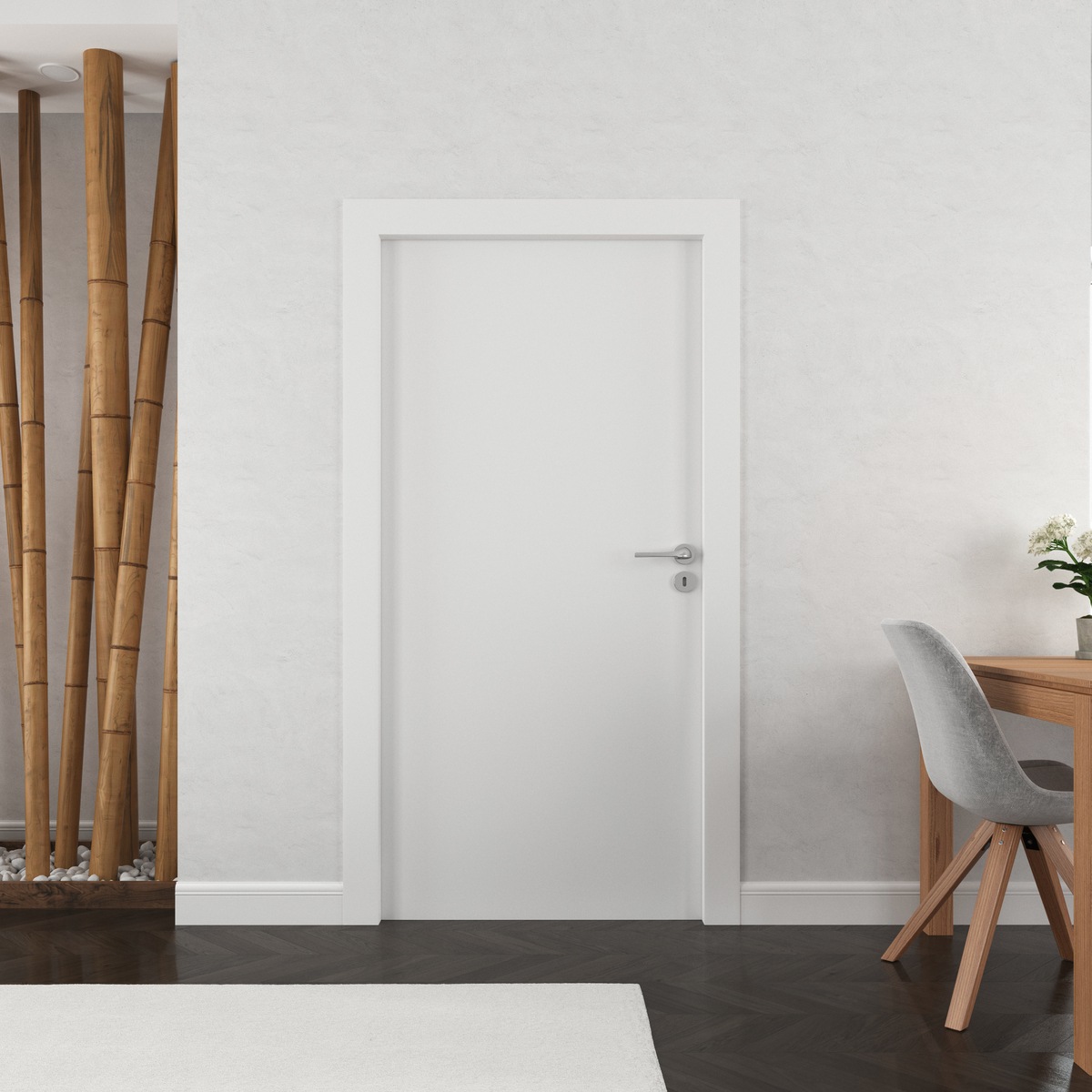Mobile and portable soundproof screen for doors – A flexible solution for a better sound environment
Sound leakage through doors is a common problem in both homes and work environments. Whether you need to block disruptive noise from stairwells, adjacent rooms, or external sources, a mobile and portable soundproof screen can be an effective solution. This method is particularly advantageous for those who want to reduce noise without replacing the door or making permanent alterations to the property.
With the right materials and design, a soundproof screen can improve both your ability to work and the quality of your sleep. What's more, it's easy to use – simply place it by the door when needed and remove it when you want to open or close the door as usual.
Why use a mobile soundproof screen for doors?
Doors are one of the biggest sources of sound leakage in a room, especially if they are thin, hollow, or lack proper sealing. A mobile screen can:
Block airborne sound
Reduce noise from conversations, TV sound, traffic, or other disturbing noises.
Dampen structure-borne noise
Reduce vibrations that can spread through the structure of the building.
Offer a flexible solution
Can be used when needed and removed when sound absorption is no longer required.
Improve room acoustics
Reduces sound reflections and echoes for a more pleasant sound environment.
Be a non-permanent alternative
Perfect for rental apartments or temporary needs.
Advantages of a mobile soundproof screen for doors
Effective sound reduction
Blocks noise from adjacent rooms and improves the sound environment.
Flexible and adjustable solution
Can be used as needed and easily moved out of the way.
No permanent installation required
Perfect for rental properties and offices where permanent changes are not possible.
Improves room acoustics
Reduces sound reflections and creates a calmer atmosphere.
Aesthetically adaptable
Can be designed to blend in with the room's interior.
Create a quieter and more harmonious indoor environment
A mobile and portable soundproof screen for doors is an effective solution for anyone who wants to reduce sound leakage without having to make permanent changes. By using high-density materials, sound absorbers, and acoustic seals, you can create a screen that both blocks and dampens sound for a quieter and more comfortable environment.
The flexible design makes it easy to handle, making it ideal for homes, offices, studios, and other spaces where sound insulation is important. With the right combination of materials and design, you can create an effective sound barrier that not only improves sound comfort but also contributes to a stylish and functional interior.







